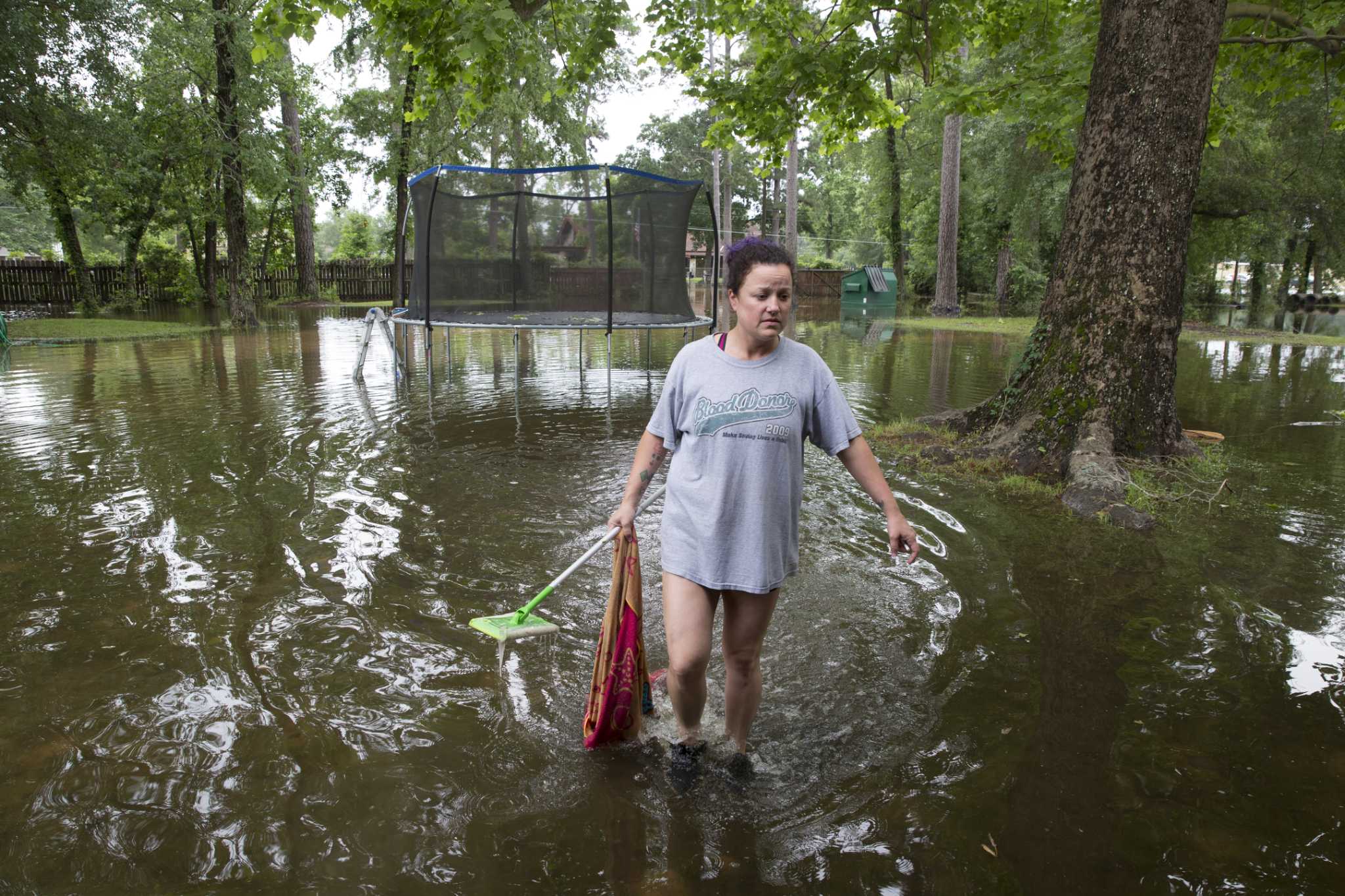

“The base climate is going to be drifting … the dry areas are going to become even more water stressed and the wet regions will probably become wetter. The researchers estimated the water cycle could accelerate by 24% by the end of the century, posing a threat to the supply of freshwater in parts of the world.ĭr Susan Wijffels, co-chair of the global Argo project and a co-author on the study, said that although Australia would continue to experience periodic El Nino and La Nina dry and wet spells, there would be “an underlying, long-term change of the background”.Īustralia was stuck in the middle of oceanic regions dominated by evaporation, so droughts would become more severe. "These changes suggest that arid regions have become drier and high rainfall regions have become wetter in response to observed global warming.” If the wind is blowing from behind, you should still run, but now there is an optimum speed at which you will get least wet - the speed of the wind. Lead author Paul Durack, a post-doctoral fellow at the Lawrence Livermore National Laboratory, said “salinity shifts in the ocean confirm climate and the global water cycle have changed. His answer was that if the rain is falling vertically, or there is a wind blowing in your face, you should run - and the faster you run, the less wet you will get over the same distance. "Warming of the Earth’s surface and lower atmosphere is expected to strengthen the water cycle largely driven by the ability of warmer air to hold and redistribute more moisture.” What happened at sea also applied to land, said Richard Matear, of CSIRO’s Wealth from Oceans Flagship, because “the ocean … stores 97% of the world’s water, receives 80% of all surface rainfall and has absorbed 90% of the Earth’s energy increase associated with past atmospheric warming.


The water cycle had strengthened by 4% between 19 - twice the rate forecast by global climate models. They found salty areas had been getting saltier and fresh areas fresher. In a paper published today in the journal Science, researchers from CSIRO and Lawrence Livermore National Laboratory, California, report that the “rich get richer” effect in the water cycle marks a clear fingerprint of climate change.īy looking at ocean salinity levels collected by 3,500 robot buoys, known as Argo, the researchers were able to determine which parts of the ocean experienced more rain fall than water evaporation - or vice versa. The increase in the rate at which the atmosphere moves water from dry spots to wet spots means the world’s dry areas, like Australia, have been getting drier, while wet regions have been getting wetter. The Canadian Prairies are a generally a sub-humid to semi-arid region, generally cool enough to support rainfed agriculture – if the trend is indeed towards greater aridity and more extreme precipitation events then the logic of using retention storage becomes an ever more important adaptation strategy as we will need to harvest increasingly precious precipitation.The cycle of evaporation and rainfall over the past 50 years has intensified at twice the rate predicted by climate change models, according to a report by US and Australian scientists of ocean salt levels. In dry regions this means that a large fraction of annual precipitation may fall in only a few days. Using Global Circulation Model results from the Coupled Model Inter-comparison Project Phase 5 (the same data ensemble that underlies the Prairie Climate Atlas), Markus Donat and his colleagues show that the ‘wet gets wetter, dry gets drier’ trend does indeed hold over wet and dry regions of the continents, with one important caveat: both wet and dry regions can expect more extreme rainfall events. On land the extent to which this trend applies has been less clear until recently. Essentially, where evaporation already exceeds precipitation net evaporation will increase, and net precipitation will increase where it dominates at present. Over the ocean, climatologists generally agree that regions of the ocean with high precipitation already will get wetter, while dry parts of the ocean will see less precipitation the ‘wet gets wetter, dry gets drier’ trend. The influence of a warming planet on precipitation patterns is a central question that climatologists must address to guide policies for climate adaptation.

A recent publication in Nature Climate Change (Donat et al, 2016) has significant implications for future water management on the Canadian Prairies.


 0 kommentar(er)
0 kommentar(er)
